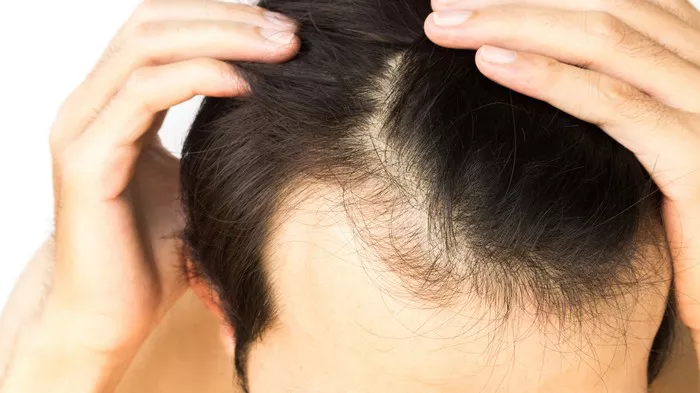Dealing with hair loss can be a significant source of concern, and understanding the reasons behind excessive hair shedding is crucial. Excessive hair shedding is often identified as telogen effluvium, a form of alopecia characterized by an increased loss of hair within the natural hair growth and loss cycle. While a normal daily hair loss count is around 100 strands, individuals experiencing telogen effluvium may witness up to 300 strands falling out each day, as reported by the Cleveland Clinic.
To shed light on the causes of hair loss, we spoke with Dr. Deirdre Hooper, a board-certified dermatologist based in New Orleans.
Identifying Excessive Hair Shedding:
Before delving into the reasons for hair loss, it’s essential to understand telogen effluvium. This temporary form of alopecia is marked by a reduction in overall hair volume rather than individual hair health. Dr. Hooper distinguishes this from androgenetic alopecia, a different type of hair loss known as male pattern baldness or female pattern hair loss. In androgenetic alopecia, individual hairs become unhealthy and thinner over time, presenting as a gradual thinning process, according to Dr. Hooper.
Triggers for Telogen Effluvium:
Telogen effluvium often arises after exposure to severe stressors or changes within the body. Dr. Hooper cites psychological stress, hormonal fluctuations, dietary shifts, and medications as potential triggers. Notably, this type of hair loss typically manifests two to three months after the triggering event, according to the Cleveland Clinic.
Addressing Excessive Hair Shedding:
In many cases, telogen effluvium may resolve without specific interventions. Dr. Hooper emphasizes that stress-induced hair loss can improve simply by alleviating the underlying stressors. Waiting for three to six months allows for spontaneous recovery, and if the issue persists, consulting a board-certified dermatologist is recommended. A professional assessment can help rule out other underlying problems, providing valuable insights into the situation.
For those seeking immediate action, treatment options are available. Dr. Hooper suggests considering minoxidil (commonly known as Rogaine) or the hair-growth supplement Nutrafol. However, it’s crucial to be patient, as results may take six to 12 months to become apparent.
Understanding that the journey to addressing excessive hair shedding requires time and persistence, Dr. Hooper acknowledges the frustration that comes with the process. Whether opting for a wait-and-see approach or immediate intervention, consulting with a healthcare professional is a prudent step in managing hair loss effectively.


